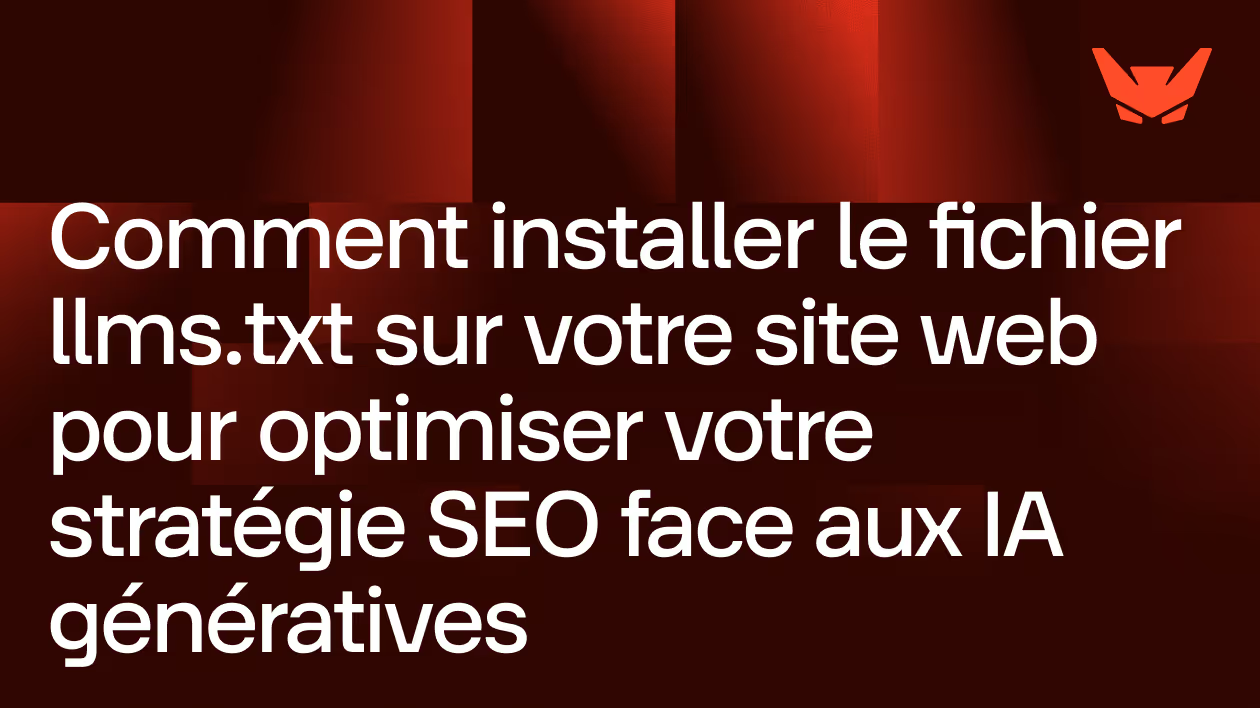API
Ask the AI to summarize the term
What is an API?
One API (Application Programming Interface) is a programming interface that allows different applications to communicate with each other in a standardized manner. In the context of web development and Webflow, an API acts as a bridge that allows the exchange of data and functionalities between your site and external services.
Concretely, an API defines the rules and protocols that developers must follow to access the functionalities of a service or an application. It specifies how to formulate requests, what types of data can be exchanged, and in what format this data should be structured.
How do APIs work?
The operating principle of an API is based on a system of requests and responses. Here is the typical process:
1. Request : Your application sends a request to the API with specific parameters
2. Treatment : The API server processes the request
3. Answer : The API returns the requested data, usually in JSON format
4. Integration : Your application uses this data to display content or perform actions
API and Webflow: A powerful integration
Webflow offers several types of APIs that multiply the possibilities of your site:
CMS API : Allows you to retrieve, create, modify or delete content in your Webflow collections. Ideal for synchronizing your site with external databases or content management tools.
E-commerce API : Provides access to online store functionalities, allowing the management of products, orders and inventories from third-party applications.
Webhooks API : Instantly notifies your external systems when an event occurs on your site (new form submitted, order placed, etc.).
Concrete use cases
CRM sync : Connect your Webflow site to HubSpot, Salesforce, or Pipedrive to automate lead transfer.
E-commerce integrations : Synchronize your inventory with platforms like Shopify or ERP systems.
Marketing automation : Connect your Webflow forms to email marketing tools like Mailchimp or SendGrid.
Advanced analytics : Enrich your Google Analytics data with personalized information from your Webflow CMS.
Benefits of APIs for your digital strategy
Operational efficiency : Automating repetitive tasks and reducing human errors.
Scalability : Possibility to add new features without a complete redesign of the site.
Enhanced user experience : Data always up to date and rich functionalities.
Optimized ROI : Maximum exploitation of your existing tools thanks to interconnections.
Security and best practices
The use of APIs requires special attention to security. It is essential to use secure authentication keys, to limit permissions to data that is strictly necessary, and to monitor access regularly.
APIs represent a powerful lever for transforming your Webflow site into a central hub of your digital ecosystem, facilitating integration with all your business tools for unified and effective management.


